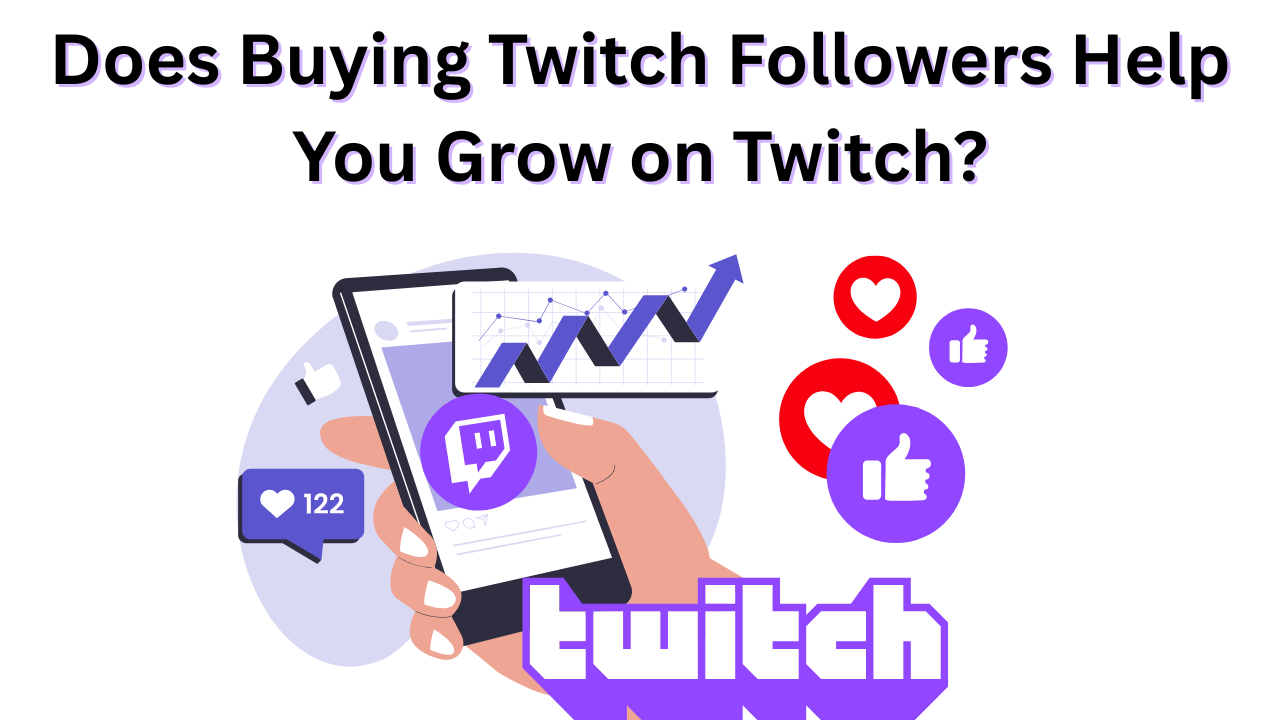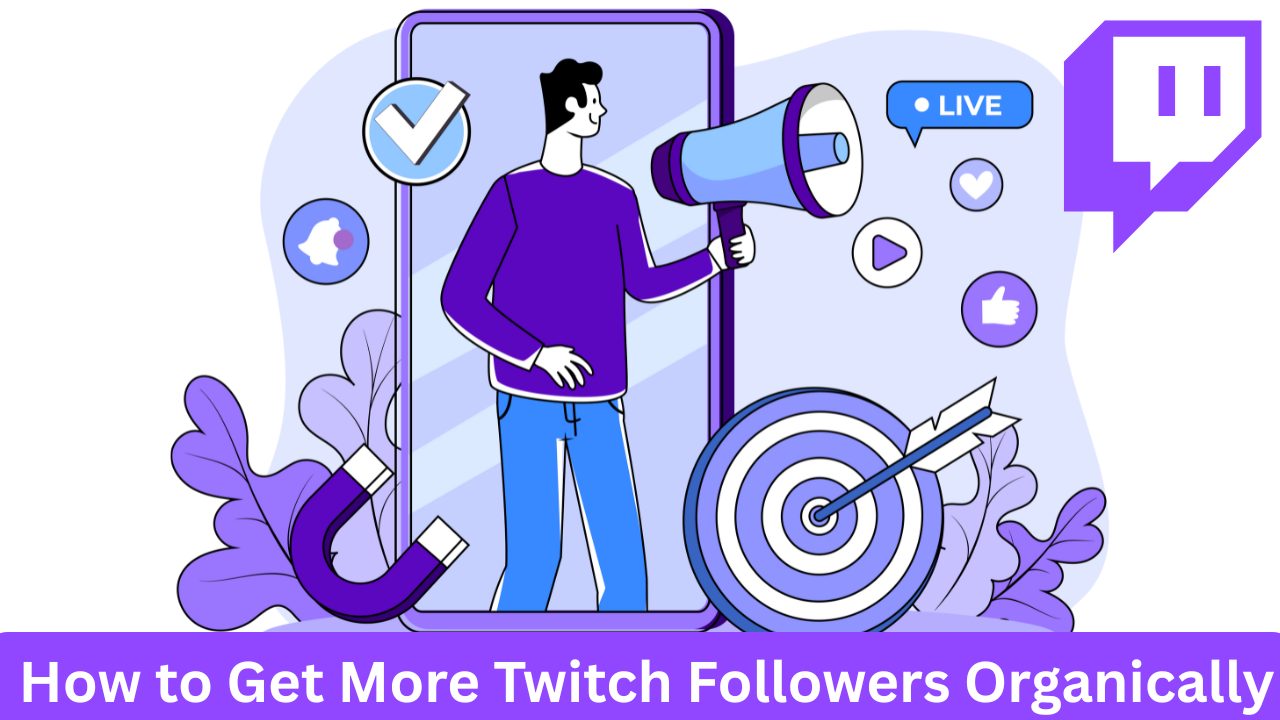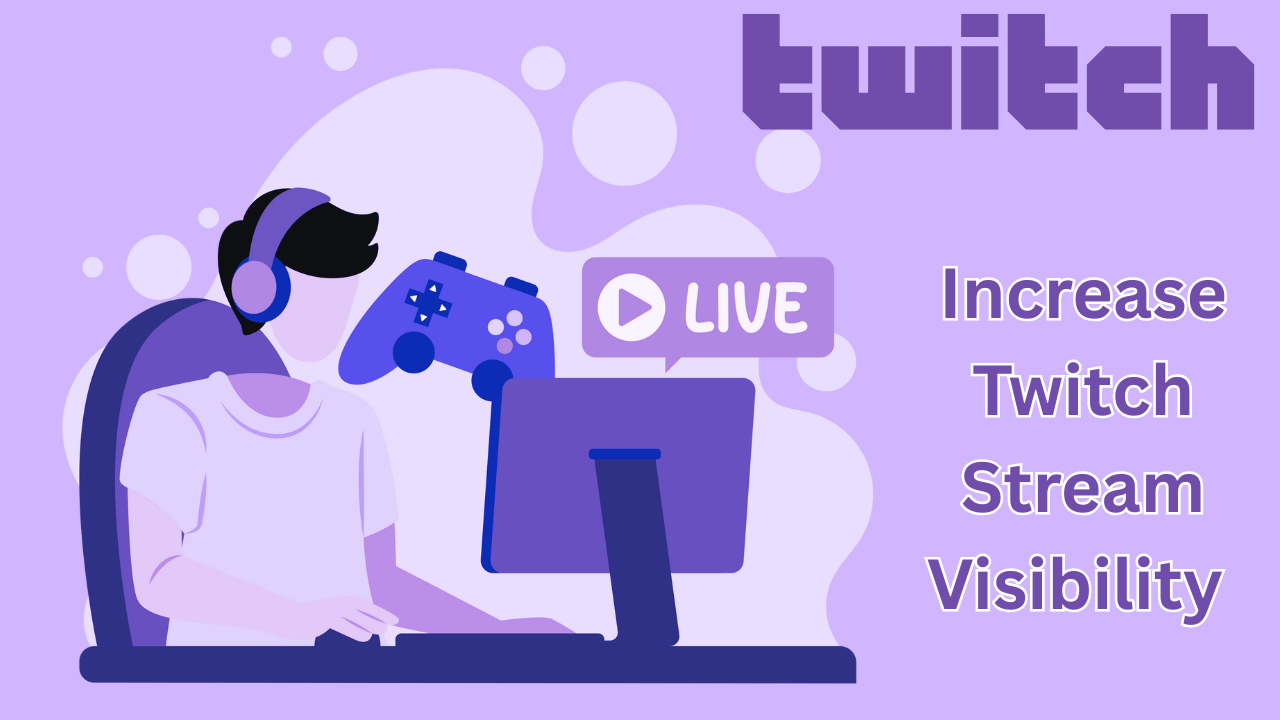Mastering the Spotify Algorithm: Tips to Enhance Your Music Reach
Published: October 31, 2024
Knowing how the Spotify algorithm works can be a game changer for any artist looking to gain more listeners.
With millions of tracks being uploaded, understanding how to make your music stand out is key.
The algorithm might seem complex, but you don’t need to be a tech genius to make it work for you.
With a few smart strategies, you can turn this powerful tool into an ally that amplifies your reach and puts your music in front of the right audience.
Think of Spotify’s algorithm way of giving listeners what they want. It’s designed to learn from listening habits, uncovering which songs catch attention and which ones don’t.
What is the Spotify Algorithm?
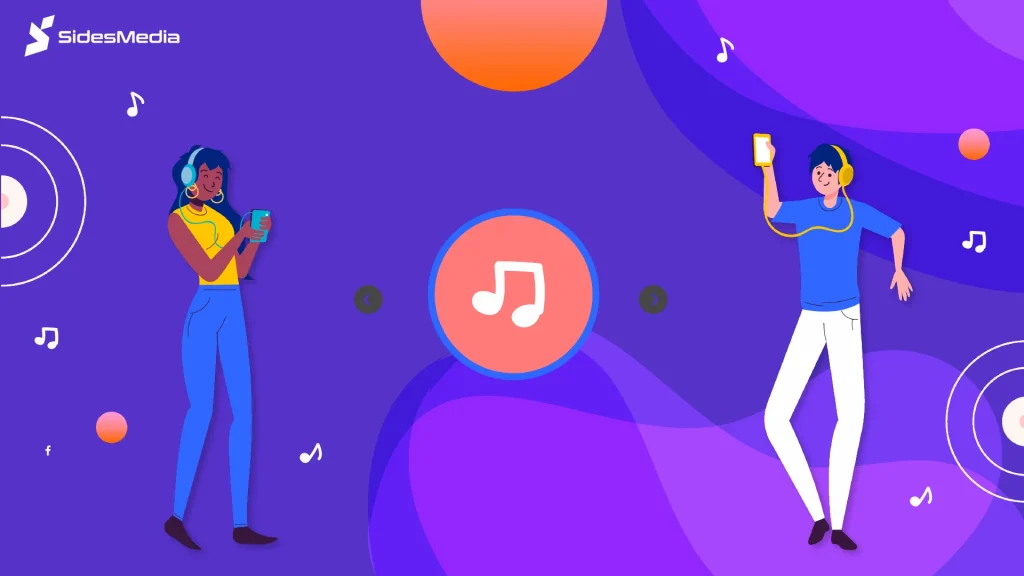
Spotify’s algorithm is a system that decides what songs to show users based on what they’ve listened to. It’s like the brain of Spotify, always watching and learning what people like.
To keep listeners on the Spotify app for as long as possible by serving up music enthusiasts they’ll love.
Spotify uses data like what songs you play, who liked your playlist, how often you play them if you skip them, and even how long you listen before you move on.
It’s a combination of smart tech and math but you don’t have to be a computer whiz to use it to your advantage.
How to Get the Algorithm on Your Side?
Spotify’s algorithm matters because it helps your music and audio files get discovered by new listeners.
Spotify’s algorithm looks at your listening history: What genres, moods, and artists users play most, and if listeners skip your song before 30 seconds that’s a red flag.
Playlists are another thing that Spotify’s algorithm looks at. If your song is on user-generated, editorial, or algorithmic playlists.
It’s not just about making good music. You need to play the game smartly.
1. Buy Spotify Monthly Listeners
Buying Spotify monthly listeners from us at SidesMedia can be a great first step to getting your music out there and building some momentum.
This will tell the Spotify algorithm your track is getting popular and it will be more likely to be recommended to new listeners.
With more consistent monthly listeners your musical landscape will be more visible and attractive to organic fans and it will be easier to reach more people and increase your overall music reach.
Buying Spotify monthly listeners can be a great first step to getting your music out there and building some momentum.
2. Build a Strong Artist Profile
Your Spotify profile isn’t just a page – it’s a tool. A full and interesting artist profile makes listeners feel more connected to you.
Optimize Your Profile
Add a bio that tells your story, your influences, and what makes your music unique. Don’t forget to upload professional-looking photos.
These things can make a difference in how potential fans perceive you.
Extra Tip: Use the “Artist’s Pick” feature to highlight a track or playlist. This shows visitors what you’re into and directs them to specific music.
3. Start With the First 30 Seconds
The first 30 seconds of a song are key.
Why? If someone skips your track before that, Spotify sees it as a sign that people might not be into your music.
The more people stay and listen, the better your track looks to the algorithm.
Tip: Make sure your song has a strong start. Get to the main idea quickly so people stay in. Don’t have long slow intros for tracks you want to push for mainstream.
4. Keep Your Metadata Accurate
Metadata is like the label on your song that tells Spotify what it is. It includes the title, genre, and other info.
If your metadata is off, your song will show up in the wrong places and get skipped more often.
Example: If you made a pop song but tagged it as jazz, the algorithm will show it to the wrong crowd. People looking for jazz will skip it, which is bad for your stats.
5. Get Your Song on Personal Playlists
Personal playlists are lists made by users for their own enjoyment. These playlists help your song get noticed more organically.
If lots of people add your song to their playlists, it tells Spotify your track has potential.
Quick Tip: Ask your friends, family, and fans to add your song to their personalized playlists. It’s simple but every little helps.
6. Make Use of Spotify for Artists
If you haven’t signed up for Spotify for Artists, do it now.
This gives you data on who’s listening to your music and where they’re from. Use this to plan shows, create targeted ads, make raw audio analysis, or decide where to focus your promotion.
Example: If your stats show most of your listeners are in a specific city, consider playing there or targeting your socials to that region.
7. Use The Power of Social Media and Marketing
Spotify isn’t just an app – it lives in the wider world of social media.
Using platforms like Instagram, TikTok, Twitter, and YouTube to promote your tracks will drive traffic to your Spotify profile and your song.
Sharing behind-the-scenes content, teaser clips, or music snippets will capture interest and create buzz around your releases.
When users find your music on socials and stream on Spotify the algorithm takes note of that external traffic and marks your track as popular and worth recommending.
This cross-platform engagement will not only boost streams but also tell Spotify your music is trending, and get you algorithmic love which means you are getting verified on Spotify.
8. Use Short Videos and Clips
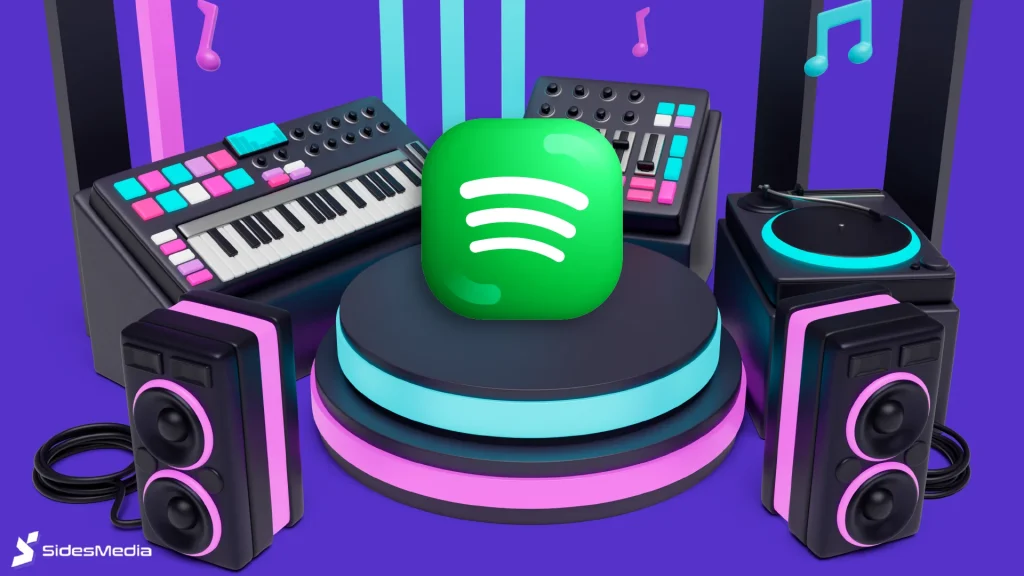
TikTok and Instagram are great for sharing short clips of your tracks.
These snippets will bring new listeners to your Spotify page. The algorithm notices when users come from outside sources and may push your track up in recommendations.
9. Engage With Your Fans
Fans love it when their favorite artists engage with them.
Reply to comments, like posts, and share fan-made content and people will be more likely to share your music.
When more people engage with your music, Spotify will take notice.
How to Get Featured
- Engagement Matters: Get your fans to save your track to their libraries. This shows the algorithm that people like your music.
- Network and Collaborate: Working with other artists gets your music in front of their fans, so more people can add your tracks to their playlists.
What are Music Discovery and Algorithmic Playlists?
Algorithmic playlists are made by Spotify based on user preferences and habits.
Two main examples are Release Radar and Discover Weekly.
What Is Release Radar?
Release Radar is a Spotify playlist that shows new music discovery from the artists you follow and artists Spotify thinks you might like.
Updated every Friday, it saves you from having to search for new music yourself.
Releasing on a Friday maximizes the exposure your track gets, which is when music streaming surges on the weekends.
This can drive immediate plays, saves, and shares which can then drive long-term growth and playlist placements beyond Release Radar.
What Is Discover Weekly?
Discover Weekly is a playlist that gives you new music discovery based on what you listen to.
Updated every Monday, it’s a mix of songs picked for you based on what you’ve listened to, the genres you like, and the people you follow.
For artists, being on Discover Weekly is a great way to get in front of new listeners who haven’t heard your music streaming before.
This playlist can be a gateway, if your track grabs their attention, to turn casual listeners into super fans.
Collaborative Filtering: The Magic Behind Personalised Recommendations
Collaborative filtering is just a fancy way of saying Spotify looks at what users listen with similar habits are listening to and suggests those tracks.
For example, if user A and user B have similar playlists, Spotify might suggest user A’s tracks to user B.
What Can You Do?
- Share Your Music Across Platforms: Promote your music on other socials to bring new listeners to your Spotify page. Spotify loves traffic from outside sources.
- Connect With Your Fans: Simple things like asking for users’ feedback, hosting live Q&A, or sharing stories about your tracks can get listeners to share and save your music genres.
Conclusion
Spotify algorithm is knowing how the platform works, engaging your audience, and being online consistently.
These tips and tricks will help you navigate the digital world but the real magic happens when you stay true to your sound and build real relationships with your fans.
Adapt and experiment. You won’t get it right the first time and that’s okay – every release and interaction is a chance to learn and improve.
Enjoy the moments when your audience connects with your music and let those moments guide you.
Remember it’s the passion for music consumption and building meaningful relationships with fans that leads to long-term growth and success.
Let the process be as fun as the results.
Frequently Asked Questions
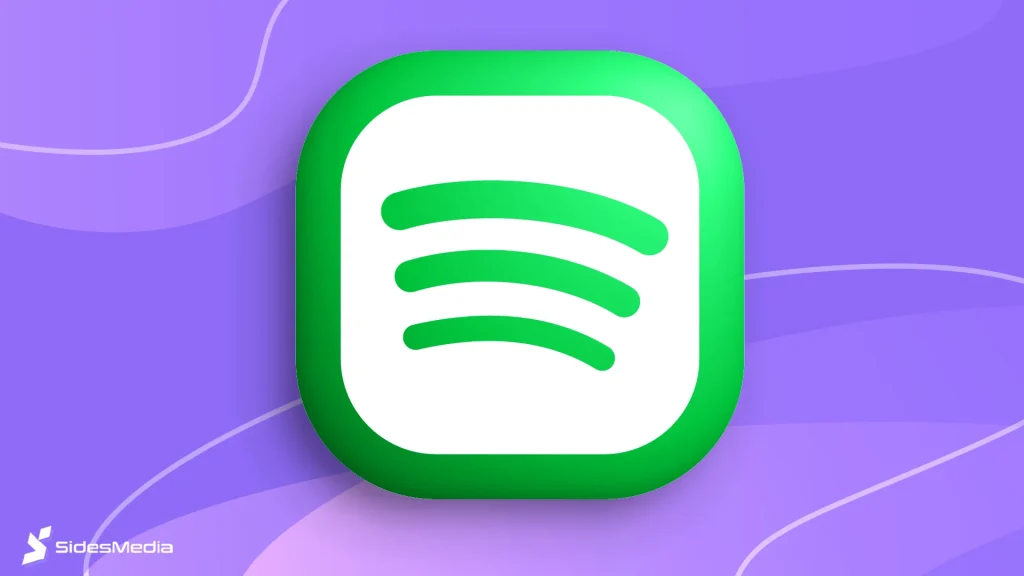
Which algorithm does Spotify use?
Spotify’s algorithm uses machine learning algorithms that are based on collaborative filtering and natural language processing (NLP).
The platform looks at user listening habits, song attributes, and metadata to make recommendations.
Spotify’s approach combines algorithms that look at user feedback and behavior (e.g. history and skip rates) and collaborative filtering which suggests songs based on what similar users have played.
The algorithm looks at tracks with positive engagement metrics like being saved or replayed so for artists it’s important to build up listener interaction.
What triggers the Spotify algorithm?
The Spotify algorithm is triggered by:
- Listening duration: Songs played past 30 seconds show interest.
- Skip rate: Frequent skips mean the song may not be appealing to listeners and hurt your chances of getting recommended.
- Saves and shares: When users save a track to their library or share it the algorithm sees this as positive engagement.
- Playlist inclusions: Songs added to personal or popular playlists are more likely to be promoted by the algorithm.
An additional way to positively impact these metrics is by buying Spotify plays from SidesMedia.
This can provide an initial boost in streams, helping your track gain traction and signal to the algorithm that your music is worth pushing to a broader audience.
This strategy can be especially useful for new releases, helping you get noticed and increase organic growth.
How do I improve my Spotify algorithm?
Boost your song’s performance with the Spotify algorithm:
- Get listeners to save and share your music: Higher save rates mean your music is engaging.
- Keep listener retention: Create strong intros that don’t get skipped in the first 30 seconds.
- Release new music regularly: Frequent releases tell Spotify you are an active artist and you will stay visible.
- Use Spotify for Artists: Use the data to understand your listeners and tailor your promotion.
What is the Spotify ranking algorithm?
The Spotify ranking algorithm decides which songs to feature in playlists and user feeds.
It ranks tracks based on their engagement metrics (saves, plays, skips), listening history, and playlist additions.
The algorithm looks at how songs perform in different playlists, from editorial to user-generated lists, and ranks them for inclusion in algorithmic playlists like Discover Weekly and Release Radar.

